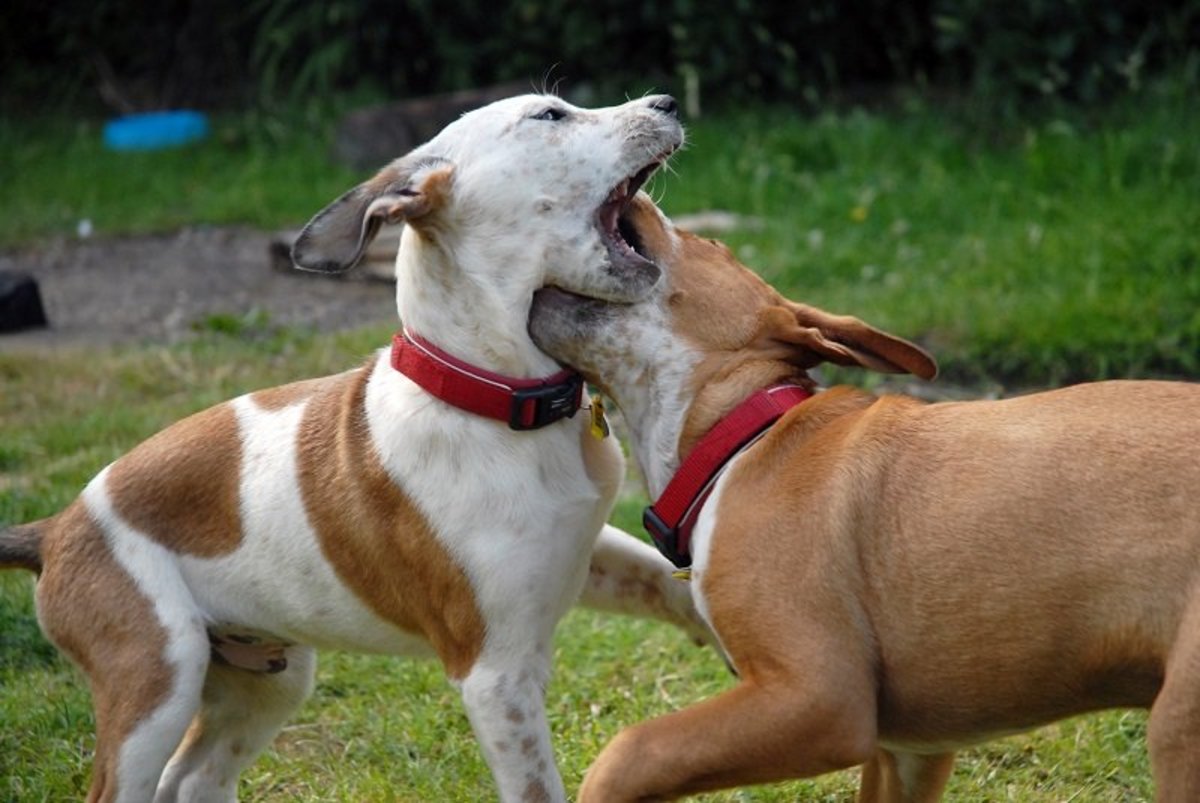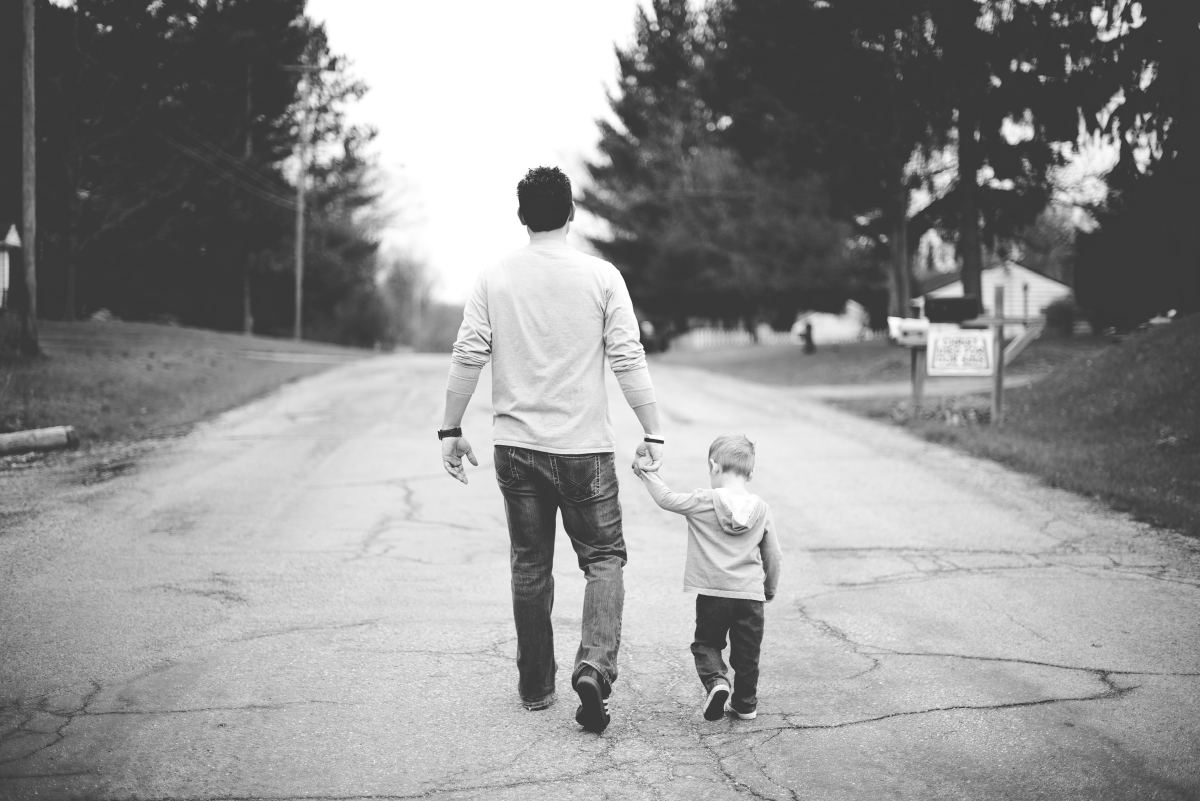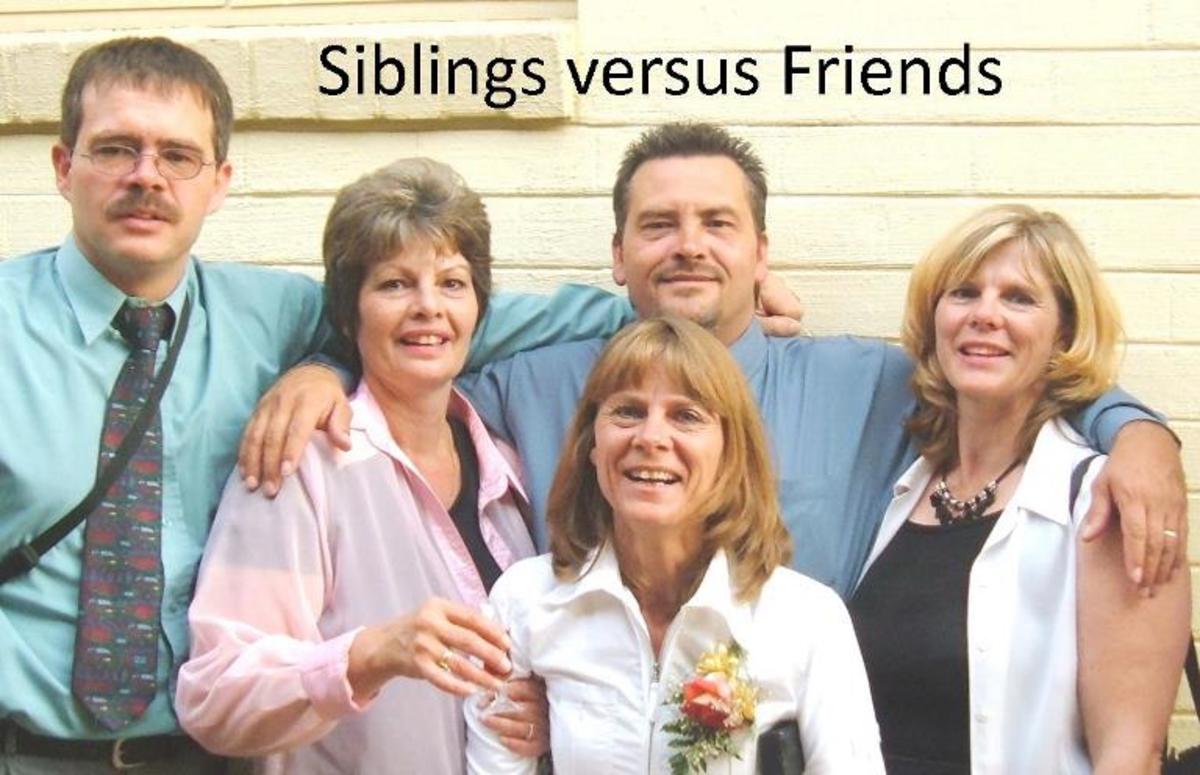How to Prevent Bullying and What To Do When It Happens
Many believe that "kids will be kids" or "boys will be boys;" that part of the growing up process includes teasing, scuffles, or spreading rumors; and that kids will "get over it and go back to being best friends tomorrow." Nothing could be further from the truth. These types of behaviors are not normally-accepted behavior, at least not in a grown-up world. There are consequences in the adult world for these actions. Perhaps, because we see it so often, we begin to think of it is normal. That often happens: when abnormal behavior becomes a pattern, we often view it as normative. Scary thought, right? What may seem natural to one person may be very harmful and destructive to someone else.
Before we can apply ways to prevent bullying or know what to do when it happens, we must understand what bullying is.
Bullying Statistics
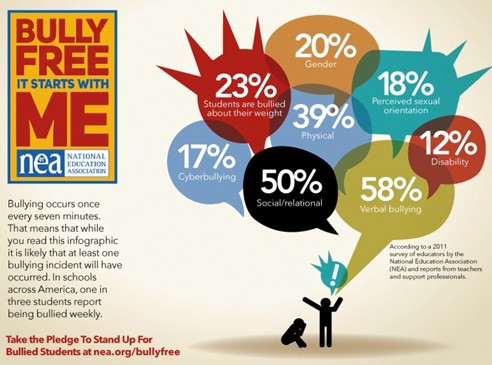
What is bullying?
Bullying is any kind of repetitive behavior, physical or verbal, that causes pain to someone else. (StompOutBullying.org). Sounds simple, right? There are a lot of behaviors that rise to the level of bullying:
- name-calling
- teasing
- hitting
- pushing
- threatening
- excluding individuals on purpose
- starting or spreading rumors
- taking another's personal property without permission or by perceived threat
According to the U.S. Department of Health and Human Services:
"Bullying is unwanted, aggressive behavior among school aged children that involves a real or perceived power imbalance. The behavior is repeated, or has the potential to be repeated, over time..."
The power imbalance is found either in the size difference of the children or in popularity by numbers.
Take a look at the following example:
"Billy" the Bully and "Vinny" the Victim
I am always in the library working on the computer, researching, and reading; and every now and then I take out some videos. You may be wondering why I even mention the library. Well, it is where I saw my latest episode of bullying. Yes, in a public library.
Two boys were in the video section looking for movies to take home. Allow me to name them “Billy” and “Vinny.” The mother brought them to this section and then left them alone to make their movie selection.
“Billy” was much bigger than “Vinny” and appeared to be about 11 or 12 years old compared with “Vinny” who was approximately 7 or 8 years old. “Vinny” was very shy, timid, and thin in comparison. “Billy” walked around with his hands balled into fists along his side.
“Vinny” piped up to make a suggestion about a movie. “Billy” responded sharply, “No, that’s stupid, and you’re stupid.” “Vinny” remained silent. This exchange was repeated at least three times. I continued to observe.
“Billy” started discreetly inching toward “Vinny” and then used his own body to move "Vinny" slightly to the right despite “Vinny’s” attempt to stand his ground. This was repeated by "Billy" a few times. The more “Vinny” tried to stand still in place and ignore "Billy" the harder “Billy” pushed. Finally, “Billy” pulled “Vinny’s” hair. “Vinny” said nothing.
During the encounter, I glanced around looking for the mother. She was nowhere in sight. However, I could not remain silent and said to "Billy": “Hey, stop bullying 'Vinny.' Your behavior is way out of line.” The mother heard me and came over to the boys. “What are you doing, “Billy”?” I explained my observations of the children's behavior to her but she just said, "Billy" come with me." Shortly, thereafter, they all left the library. Who knows how she handled it later.
Let's take this story to the next hypothetical level to illustrate that the above scenario is not acceptable behavior in an adult world:
"Bob" is 21 years old and is married to "Veronica." They go together to the library to pick out a movie to take home. "Veronica" makes a suggestion to "Bob":
"How about we check out the movie Titanic?"
"Bob" responds:
"Titanic is stupid and you're stupid."
"Veronica" makes other suggestions and receives the same response from "Bob":
"Those movies are stupid and you're stupid."
"Bob" inches over to "Veronica" and starts pushing her with his body to make her move to the left. She ignores him. Then "Bob" pulls "Veronica's" hair...
Are you getting the point? These behaviors are not acceptable in an adult world; and children need to learn that as early as possible. In the adult world, we call it abuse.
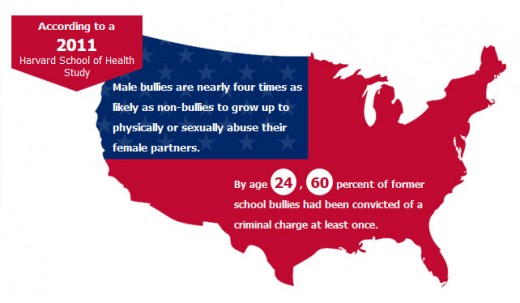
Share your experience
What is your experience with bullying?
A Service by the U.S. Department of Health and Human Services
- StopBullying.gov
Bullying can happen anywhere and to anyone. Help stop bullying at school, online, and in the community. For more information, visit StopBullying.gov.
The Top 10 Ways to Prevent Bullying and What To Do When It Happens
Besides having a law degree, I am a mother of three who are all grown up now and in their twenties. I also have a school-age granddaughter. Unfortunately, I, like many others, have dealt with my share of bullying - both from children and adults.
Given the recent bullying episodes reported by the media, I felt that bullying is an important issue to address. Here are the best ways to prevent bullying and how to handle it when it happens in my "Top 10 Style."
1. Teach kindness and respect: Teach your children how to be kind and respect others. Advise them on how to resolve conflicts without violence or intimidation. Praise them for good behavior and when they do well to help build their self-esteem. Encourage children to help others.
2. Keep kids involved: Keep your children involved in positive activities that keep them busy and in good spirits. Such activities can include sports, music, art, hobbies, or other groups where they can interact with other children, build their own self-esteem, and develop social skills.
3. Open communication: Spend time talking with your children about their day and what they are doing. Start conversations with them about how they like different aspects of their day (I.e. the bus ride, changing classes, availability of teachers or other supervisors, how other kids are behaving and treating others). Your child should feel that you are interested and open for discussions about just about anything. This will develop a trusting relationship long term.
4. Understand bullying: Be aware of the signs the child is a victim of bullying: unexplained injuries or bruising, decreased appetite, not wanting to go to school or activities, "losing" personal items or money. Likewise, be aware of signs that the child is the bully: notifications from school or other parents, exhibited aggressive behavior, expressed frustration, pride in hurtful behaviors. Take time to teach and talk with your children about bullying. Ask them if they have seen any bullying or have participated in any bullying. Explain to them that it is the wrong way to treat people. If your child has bullied another, proper discipline is critical in teaching them that such behavior will not be condoned.
5. Explain the consequences: Bullying is an assault (putting someone in fear of getting hurt) and any unwanted touching is a battery. Bullying can be a criminal offense. There can be serious criminal and civil consequences to these actions.
6. Stand up for others: If you see it, speak out against it in defense of the victim.
7. Make a report: Report bullying to an appropriate authority (parent, teacher, principal, police) and get it documented. In addition, get a copy of every documented report at the time it is documented. You will need this as evidence and to demonstrate any patterns of behavior.
8. Model appropriate behavior: Do not bully your children or they will turn out to either be a continued victim of bullying by others or will become bullies themselves. Remember that children learn what they live.
9. Get counseling: Whether your child is being bullied or is bullying someone else, get professional help for the child.
10. Teach your children how to share: Sharing decreases the chances of them becoming selfish and self-centered.
"Bullying Scars" - by The Mayo Clinic
Girls and Bullying: Focus on Women
- Download the document from the National Education Association
This Focus on Women publication summarizes what we know about the bullying of girls and suggests steps educators can take both to help the individual girl who is bullied and stop bullying school-wide.
"Get over it."
Make no mistake. The effects of bullying can last a lifetime. Victims of bullying often become victim's of domestic violence or other abuse in their adult life. Alternatively, bullying can become the catalyst for one to become a bully or to be abusive to others. According to the Mayo Clinic, victims of bullying are at higher risk for:
- Mental health problems including depression, anxiety, insomnia, self-harm, and suicide
- Impaired academic performance or missing school.
- Substance abuse
- Violence
It will take professional help to "get over it." Children who are victims of bullying need the emotional support of and intervention by the adults in their lives.
Special thanks to ThePracticalMommy for inspiring this hub.
Works Cited
Mayo Clinic. "Bullying: Help your child handle a bully." http://www.mayoclinic.org/healthy-living/childrens-health/in-depth/bullying/art-20044918?pg=2. Access date: February 4, 2015.
National Education Association. "Girls and Bullying: Focus on Women." February 2011. http://www.nea.org/assets/docs/girlsandbullying11a.pdf. Access date: February 4, 2015.
StompOutBullying.org. "If your child is a bully." 2007-2015. http://www.stompoutbullying.org/index.php/information-and-resources/parents-page/what-do-if-your-child-bully/. Access date: February 4, 2015.
U.S. Department of Health and Human Services. "What is Bullying?" StopBullying.gov. 2015. http://www.stopbullying.gov/what-is-bullying/. Access date: February 4, 2015.
Disclaimer: This article is for general informational purposes only and is not to be used or interpreted as legal advice. If you have a legal issue, seek out the services of a licensed attorney.
By Liza Lugo, J.D.
© 2012, Revised 2015. All Rights Reserved.
Ms. Lugo retains exclusive copyright and publishing rights to all of her articles and photos by her located on Hub Pages. Portions of articles or entire content of any of these articles may not be used without the author's express written consent.Persons plagiarizing or using content without authorization may be subject to legal action. The articles by Ms. Lugo regarding legal issues are purely academic in nature and do not constitute legal advice. For advice on legal matters, consult a licensed attorney in your jurisdiction.
Permission requests may be submitted to liza@lizalugojd.com.
This hub was originally entitled "How to Prevent or Stop Bullying." It has been substantially altered and edited.
Originally published on February 5, 2015. Latest corrections and edits made on February 23, 2015.

